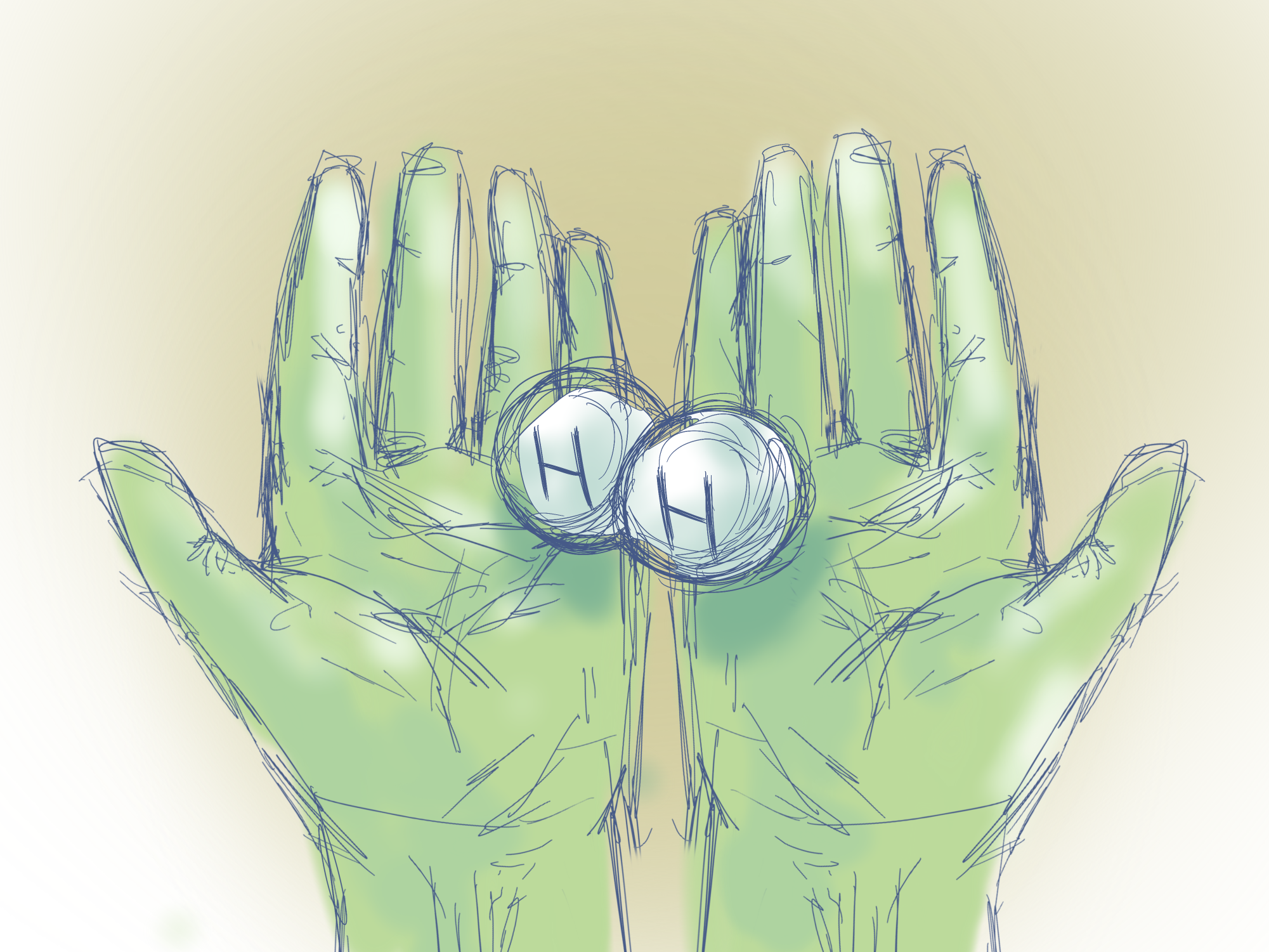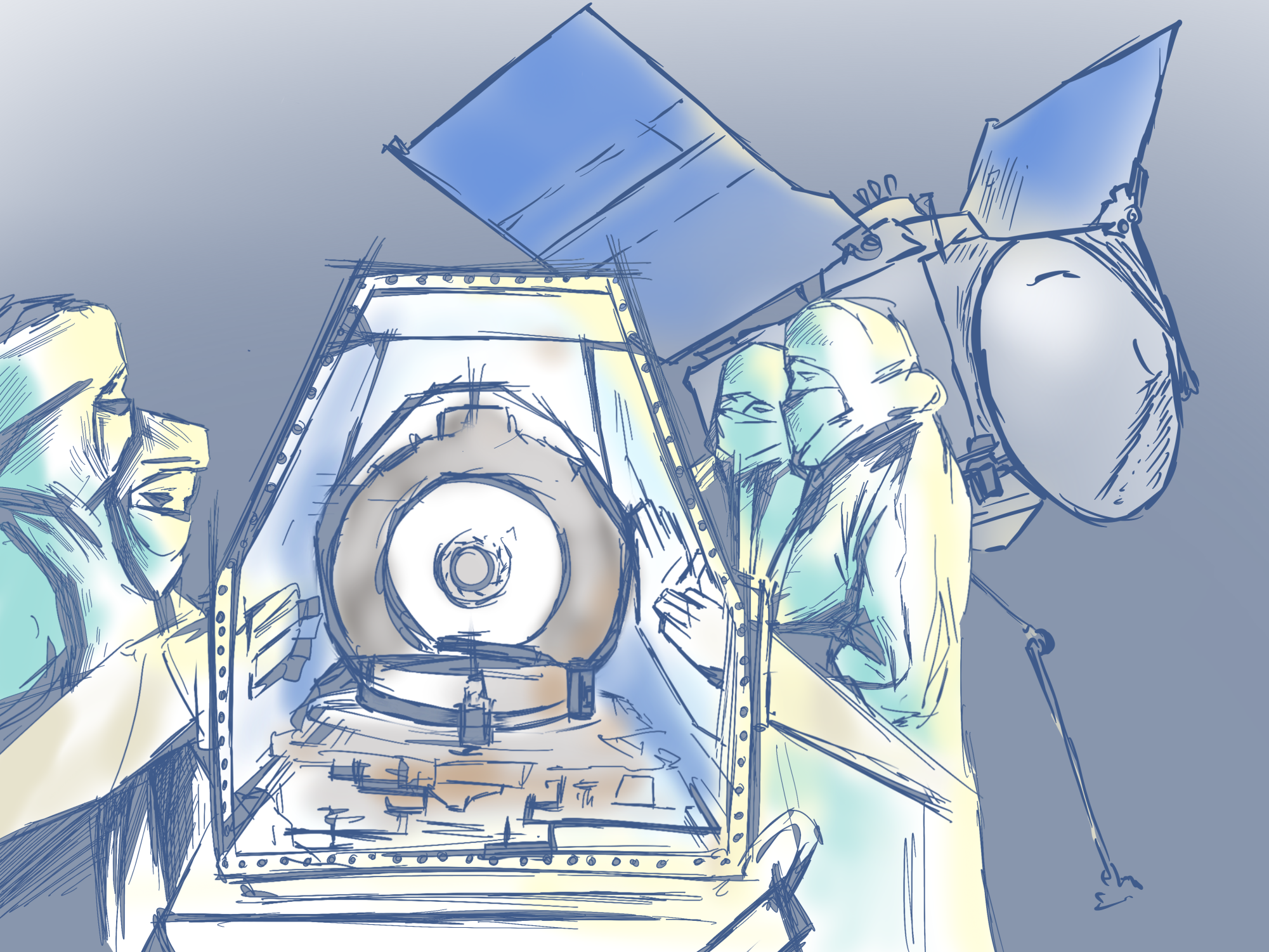


India recently approved the spending of $2.3 billion to produce and export green hydrogen –– hydrogen created through renewable means. The International Solar Alliance, the government-funded association behind the initiative, formed an organization called the Green Hydrogen Innovation Centre and advocated for this potential clean energy solution at the G20 New Delhi Summit held last month. Companies commonly use hydrogen as a source of energy to manufacture steel and fertilizers as well as to refine petrol. However, producers of hydrogen commonly synthesize the element with fossil fuels. Green hydrogen, on the other hand, is produced through renewable energy sources, most commonly through the electrolysis of water which splits the water atom into hydrogen and oxygen. Although green hydrogen seems like a promising energy source, it requires special pipelines due to its highly flammable nature, making long distance transportation difficult. The efficiency and sustainability of producing green hydrogen also concerns many scientists, as the process often results in energy loss and also costs a hefty amount of money. In terms of emission levels, green hydrogen still trumps hydrogen produced by fossil fuels and poses a potential candidate for future clean energy.


Wastewater surveillance company Biobot plans to work with the National Institute on Drug Abuse (NIDA) to sample wastewater and collect data on opioid use. This collaboration involves 70 different locations across the U.S., especially districts with high substance overdose rates. To extract information from wastewater, scientists first collect samples from local sewage treatment plans. The company then scans the wastewater for traces of opioids such as cocaine and fentanyl through mass spectroscopy, a process which allows for the identification of substances based on their molecular weight. Biobot plans to send the collected data and provide local officials with the necessary information to fight against the opioid epidemic. In the long run, scientists hope that the program can help identify and prevent the distribution of more dangerous versions of the drugs.

Gert-Jan Oskam, a 40-year old Dutch man paralyzed from the waist down due to a motorcycle accident, regained the ability to stand, walk and climb stairs after Swiss neurosurgeons implanted electrodes in his brain and spinal cord. The electrodes are connected through bluetooth, detecting Oskam’s brain waves and delivering electrical pulses to his spinal cord in a fashion similar to the nervous system. The scientists learned how to correlate his brain signals with the proper spinal cord signals and movements, and Oskam managed to re-learn how to control his hips and legs. This technology allowed Oskam to stand and walk again for the first time in 12 years. Considering the success of this case, scientists hope that devices similar to this one will be able to help more patients in the future.

The National Aeronautics and Space Administration’s (NASA) Osiris-Rex spacecraft dropped off a capsule containing rubble extracted from the Bennu, an asteroid approximately 200 million miles from Earth, on Sept. 24. NASA decided to target this space rock due to its relatively close proximity to Earth. After the intact and uncontaminated sample landed in the Defense Department’s Utah Test and Training range, it arrived at the Johnson Space Center in Houston. There, scientists will study the carbon-rich, 4.5-billion-year-old asteroid rubble to discover the chemical composition of the early universe and even potentially how life formed. The Osiris-Rex spacecraft is now on track to its next target, the asteroid Apophis, which will approach Earth in 2029.


